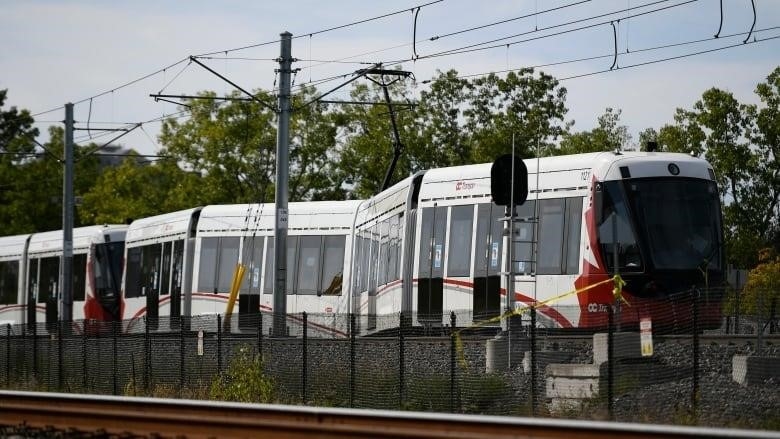
A detailed look at the part of Ottawa’s troubled trains that keeps breaking down
Monday around 5 p.m., Ottawa’s general manager of transit services sent a short memo to city councillors saying what many commuters had already found out: the entire light rail system was once again out of service.
“This email is to let you know that, out of an abundance of caution, Transit Services is starting R1 bus service across Line 1 right away. This is because a routine inspection found a problem with a bearing,” wrote Renée Amilcar.
- Another bearing problem is blamed for the ongoing, full shutdown of the LRT.
- The Ottawa LRT’s axle bearings might need to be changed.
In a second memo sent later that night, Amilcar explained that during a routine inspection of one of the light rail vehicles after it had traveled 50,000 kilometers, “it was found that the bearing play was above the level at which it could keep running.”
So, all light rail vehicles would be sent back to OC Transpo’s maintenance and storage facility at Belfast Yard, where “every single axle” will be “inspected and checked for any play within the axle hub.”
If some of those words sound familiar, it’s because the parts they describe have been at the heart of the problems with Ottawa’s light rail system ever since a train derailed almost two years ago.
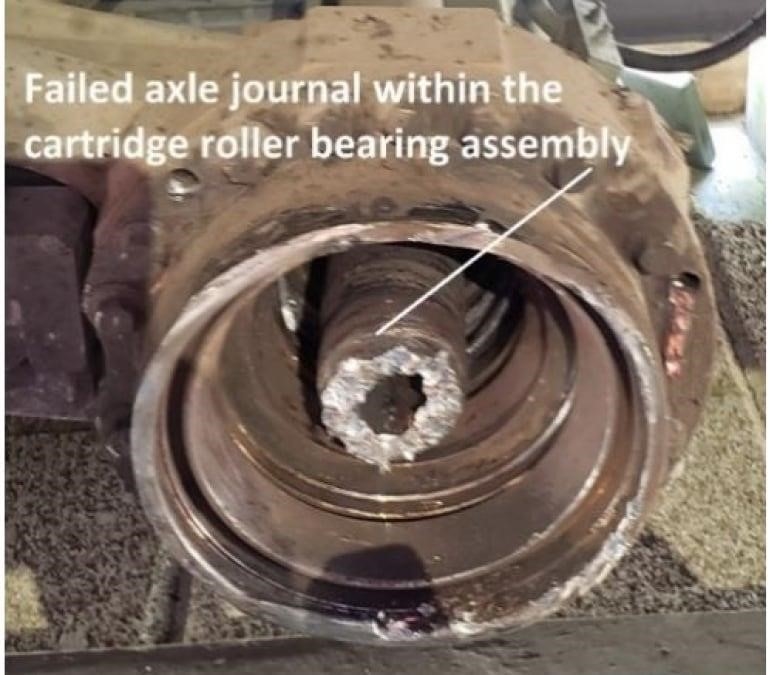
August 2021 derailmen
On the evening of August 8, 2021, a train going east at about 30 km/h derailed about 90 meters east of Tunney’s Pasture station.
The train was made up of two Citadis Spirit light rail vehicles made by the French company Alstom. It was headed to OC Transpo’s maintenance and storage facility at Belfast Yard, but there were no people on board. It had been taken out of service earlier that day because the operator smelled something burning.
The next month, the Transportation Safety Board (TSB) sent out a rail safety advisory letter saying that one of the train’s splined (ridged) axles probably broke while the train was still in service.
When workers tried to put the train back on its tracks that night, they found that one of its wheels was no longer attached to its axle. They said this was because “a previously unnoticed catastrophic roller bearing failure and subsequent axle journal burn-off” caused the wheel to come loose.
To understand this, you need to think about how these trains are put together. Each two-car train has five “bogies,” which are like the trucks on a skateboard and hold the train’s wheels. Three of the “bogies” are motorized, while the other two are “trailers.”
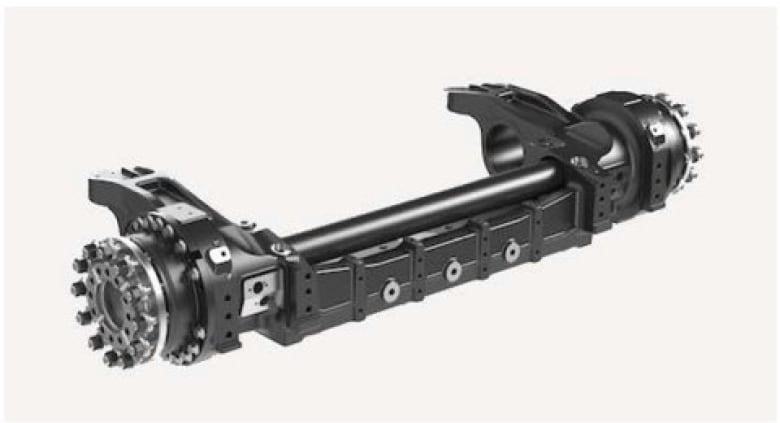
Each bogie has two axles and two wheels on each axle. Each wheel is attached to the axle by a cartridge assembly that holds the roller bearings. The whole thing is held together by a large locking nut.
After the train derailed in August 2021, investigators found roller bearings on the track near uOttawa station. This showed that the problem happened earlier that afternoon as the train was going west.
Alstom’s own investigation found that the failure was caused by the locking nut that holds the cartridge assembly together becoming loose without being noticed.
Inspections ordere
Within hours of the accident, the city decided to park all of its LRT vehicles so that each axle could be checked for loose cartridge assemblies. Any that had more than one-tenth of a millimeter of “play” were replaced. Five days went by.
In addition to the cartridge assembly that failed and caused the derailment, the inspections found 17 loose assemblies on nine different vehicles.
According to the TSB, the city has since implemented a “labour-intensive” schedule requiring similar inspections every 7,500 kilometres. The assembly that failed in August 2021 had accumulated nearly 150,000 kilometres before the incident. According to the TSB, it should last for more than 1.2 million kilometres.
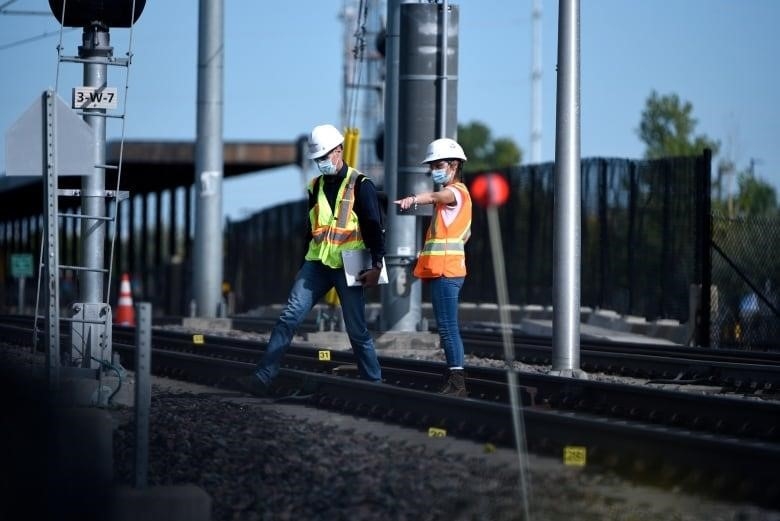
The TSB further noted that the construction of these particular cartridge assemblies prevents easy visual inspection for signs of overheating, nor does Ottawa have any wayside or on-board temperature monitoring system in place.
“Consequently, an overheated roller bearing within the cartridge assembly can potentially fail catastrophically without being observed or detected. As demonstrated in this occurrence, such a failure can also lead to derailment if there is no intervention,” the TSB wrote in its September 2021 advisory letter.
Despite these warnings, a second derailment occurred within weeks of the first, and the cause was likely related.
On Sept. 19, 2021, a westbound train with 12 passengers aboard derailed near Tremblay station. There were no injuries. Following that derailment, the entire fleet was parked for nearly two months, with service resuming Nov. 12.
The cause of that derailment was loosely, though undeniably, related to the earlier one: An Alstom employee had failed to properly tighten some bolts after replacing a cartridge bearing assembly, part of the remedial work ordered after the August 2021 incident.
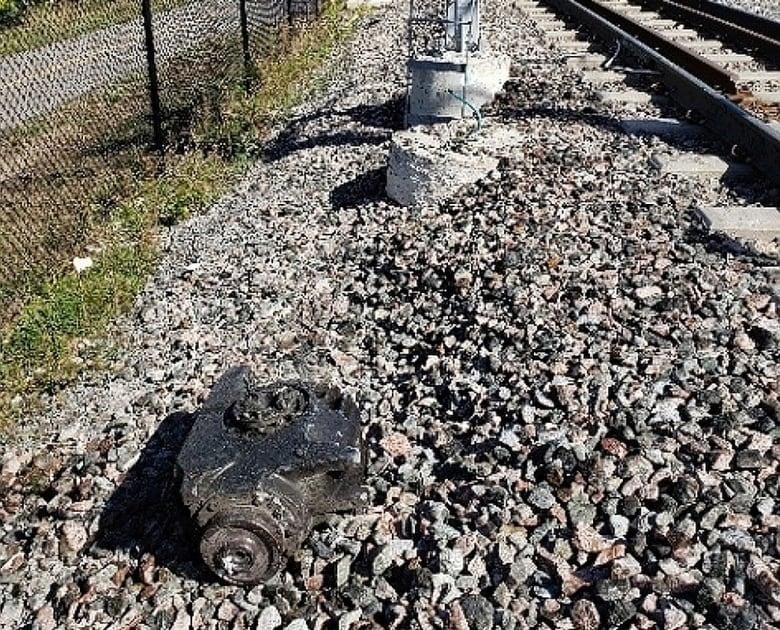
‘Ongoing failures’ concern TS
In February, the TSB issued another advisory letter expressing concern over “ongoing failures” of the roller bearing assemblies, and noted the city had not acted on its recommendations to monitor the machinery for overheating.
“To date, other than ongoing cartridge assembly free play monitoring, no concrete steps have been taken to resolve the safety deficiency identified in the [previous advisory letter],” the TSB wrote.
In July 2022, a train operator detected an unusual vibration aboard one of the vehicles. Upon inspection, it was discovered that one of the axle hubs was so severely damaged that “catastrophic failure was likely to occur had it remained in service.”
The TSB subsequently inspected three cartridge assemblies at its engineering laboratory and discovered widespread damage “not limited to any particular component.” Rather, the TSB pointed to the design of the vehicles themselves — Ottawa was the first city to use the Citadis Spirit — and their “more powerful drivetrain.”
While other Alstom models use the same cartridge assemblies, the TSB noted Ottawa’s articulated trains are longer, heavier and required to carry more passengers at higher speeds than are trains in other cities such as Paris and Istanbul, where there have been far fewer defects.

In addition, the Ottawa Light Rail Transit Public Inquiry noted in its final report in December that the LRT system’s “wheel/rail interface” — essentially, how the trains’ wheels fit the track — continues to pose a critical concern.
Now a new round of inspections is underway, but there is growing evidence that Ottawa’s LRT system could require a dramatic overhaul if it’s ever going to provide safe, reliable service to the residents who rely on it.
